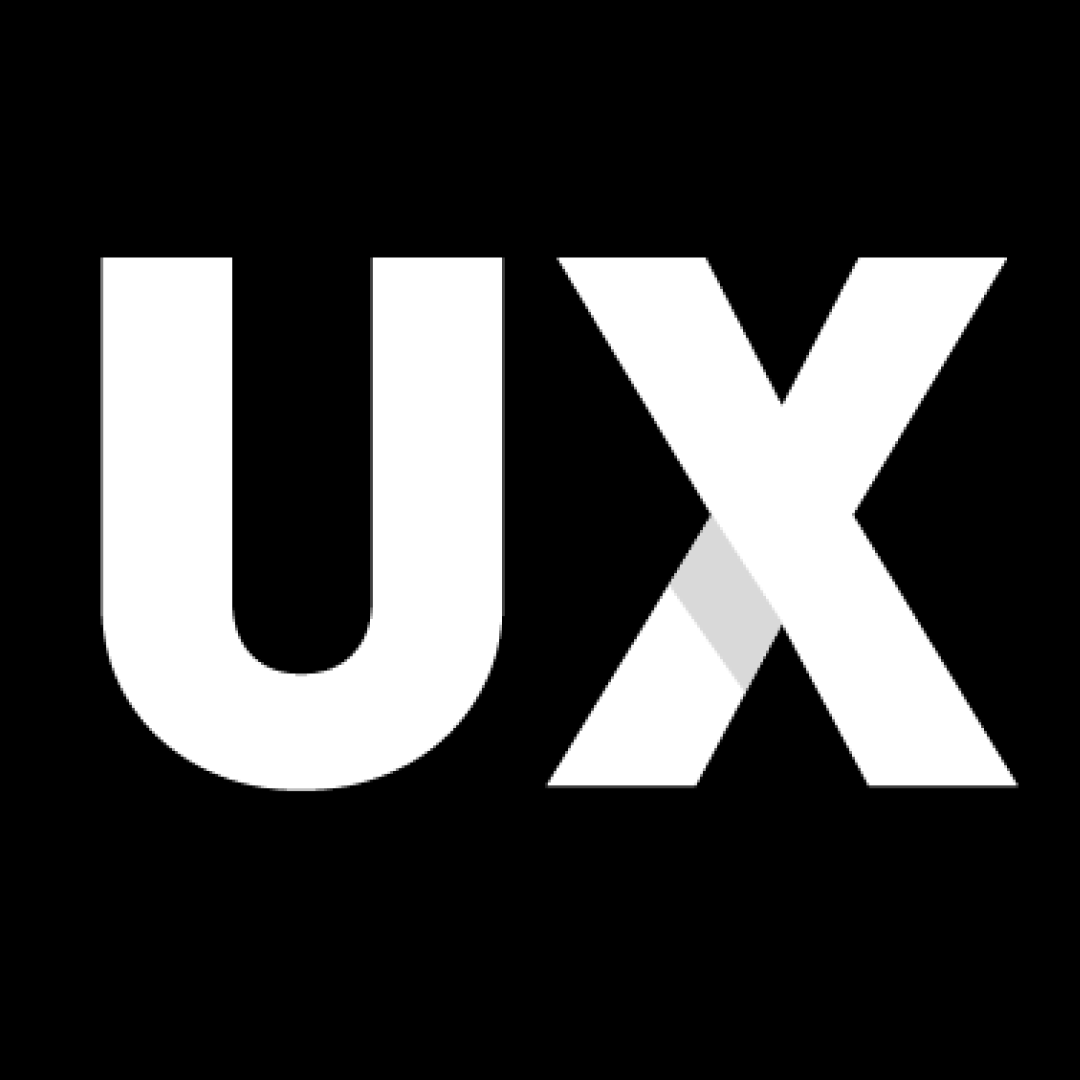AGI—Artificial General Intelligence—is often framed as the finish line of AI development: a system so intelligent it can understand or learn any task that a human can. But for most companies, there’s a more immediate and more important milestone: OAGI, or Organizational Artificial General Intelligence.
OAGI, as first mentioned by Robb Wilson and Josh Tyson in the Invisible Machines podcast, isn’t about general intelligence in the abstract. It’s about intelligence that understands the unique fabric of your business. The people, policies, products, data, priorities and processes. It’s a model of your organization so richly informed that intelligent agents can act on its behalf—coordinating workflows, answering questions, automating decisions, and improving themselves over time.
In the soon to be released second edition of Age of Invisible Machines, Wilson and Tyson describe how conversational interfaces are evolving into control layers or event operating systems for enterprise systems. They explain how combined with AI agents and automation tools, these interfaces become the gateway to a living, evolving representation of your organization. Think artificial general intelligence, but contained to intelligence regarding your org. That’s OAGI in a nutshell.
The irony is that while AGI is globally complex, OAGI is locally achievable. A team or a company doesn’t general AI or a singularity event to unlock immense value for your team or your company—you need a specialized, interconnected and informed orchestration layer that can reason about your own systems, tools, processes, people and data.
Building OAGI doesn’t just require smart AI agents and doesn’t happen overnight—it requires equipping yourself for sophisticated orchestration of those agents across complex workflows and systems. Platforms like OneReach.ai are designed for exactly this: enabling businesses to coordinate conversational and graphical interfaces, automation tools, and AI agents into a unified intelligence layer. Without this level of orchestration, OAGI remains fragmented and out of reach.
In short, most organizations are skipping over the intelligence they actually need, and that is attainable and advanceable now, in favor of intelligence they may never get – or perhaps more importantly, that won’t be in their control.
OAGI is how your organization becomes more self driving. And that’s the first major milestone on the path toward thriving in the age of AI.








